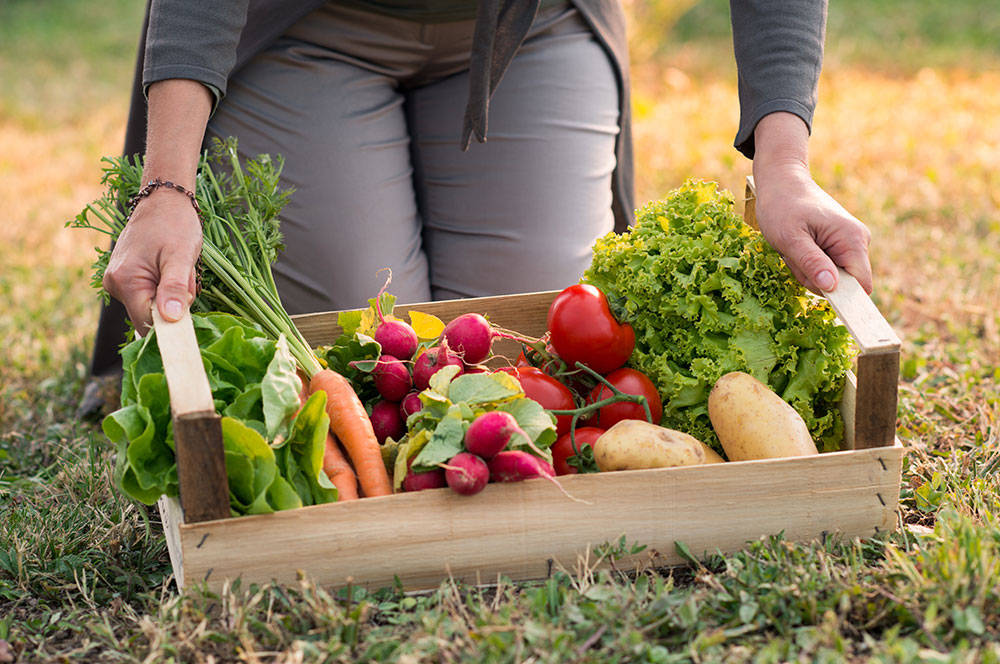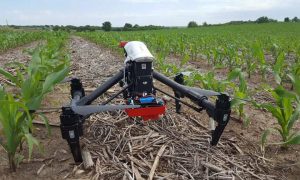In 2016, 58 million hectares of land were certified organic in the world, or 1.2% of the world’s agriculture, with a growth of 15% per year: there are 27 million ha in Australia (50% of the land), but we have 8,500 ha (less than 0.1% of the useful agricultural area) in Morocco. Organic agriculture is growing at varying rates in different regions and countries.
Conventional agriculture, the most practiced throughout the world, is an agriculture where phytosanitary treatments are carried out with chemical products, more or less harmful. These are applied in a preventive and curative manner and are supposed to improve yields. Agrochemistry has developed a lot, including in processed products with many additives.
Health issues?
Research by independent organizations shows that organic foods are richer in nutrients than conventional foods. They are free of neurotoxins, which damage nerve cells. A class of pesticides commonly called organophosphates was developed as a toxic agent in World War I, later adapted by industry to kill pests in agriculture.
Many pesticides are still considered neurotoxins. The U.S. Environmental Protection Agency (EPA) considers 60% of herbicides, 90% of fungicides and 30% of insecticides to be potentially carcinogenic. It is reasonable to assume that the rapid increase in cancer rates is at least partly related to the use of these carcinogenic pesticides.
18% of all genetically modified seeds (and thus the food that comes from them) are made to produce their own pesticides. Research shows that these seeds can continue to produce pesticides in the bodies of consumers.
Organically grown produce supports children’s brain and body development. Children’s brains and bodies are increasingly sensitive to toxins, more so than adults.
Is it a question of promotion?
« Modern » farming practices destroy the environment through the increased use of herbicides, insecticides, fungicides and chemical fertilizers. Organic farms generally have a greater biodiversity of plants, insects, animals, microbes, genetic diversity.
Organic farming is the best solution to the problem of climate change, with reduced greenhouse gas emissions and also allows the land to be used as a carbon sink. Organic food production has in fact existed for thousands of years and is the sustainable solution for the future.
Taking into account the negative externalities of conventional agriculture (e.g. pollution by chemical pesticides) and the positive externalities of organic agriculture (e.g. increase of biodiversity) in the price of the productions would allow to improve significantly the competitiveness of organic products.
What is organic?
The term « organic » designates a product resulting from organic farming. This method of production is natural and does not use any chemical products, such as synthetic phytosanitary products (herbicides to eliminate weeds, fungicides against fungi, insecticides against harmful insects and pests, or chemical fertilizers, and of course does not contain GMOs). In animal husbandry, growth hormones and antibiotics are prohibited and animals must be fed organic feed.
Organic agriculture prohibits the use of synthetic chemicals and favors biological control of diseases and pests. If the certifier finds chemicals on a farm, the certification is questioned. If an organic distributor finds pesticide residues in a product, he refuses to distribute it and can stop working with the supplier.
No one can self-proclaim that his products are organic and put forward only trust; only a Certification and Control Organization (CCO) approved by the public authorities can attest that a product is organic, after having accompanied the operator for years, while he respects a specification, precise and detailed, renewed annually. This work of the OCC is translated by the logo opposite, well recognizable on the products and/or a certificate of certification which is given to the operator.
Source : leconomiste.com




